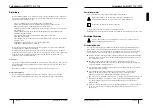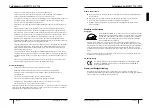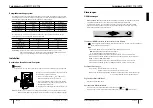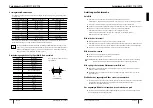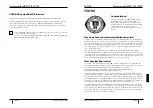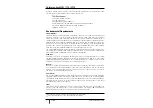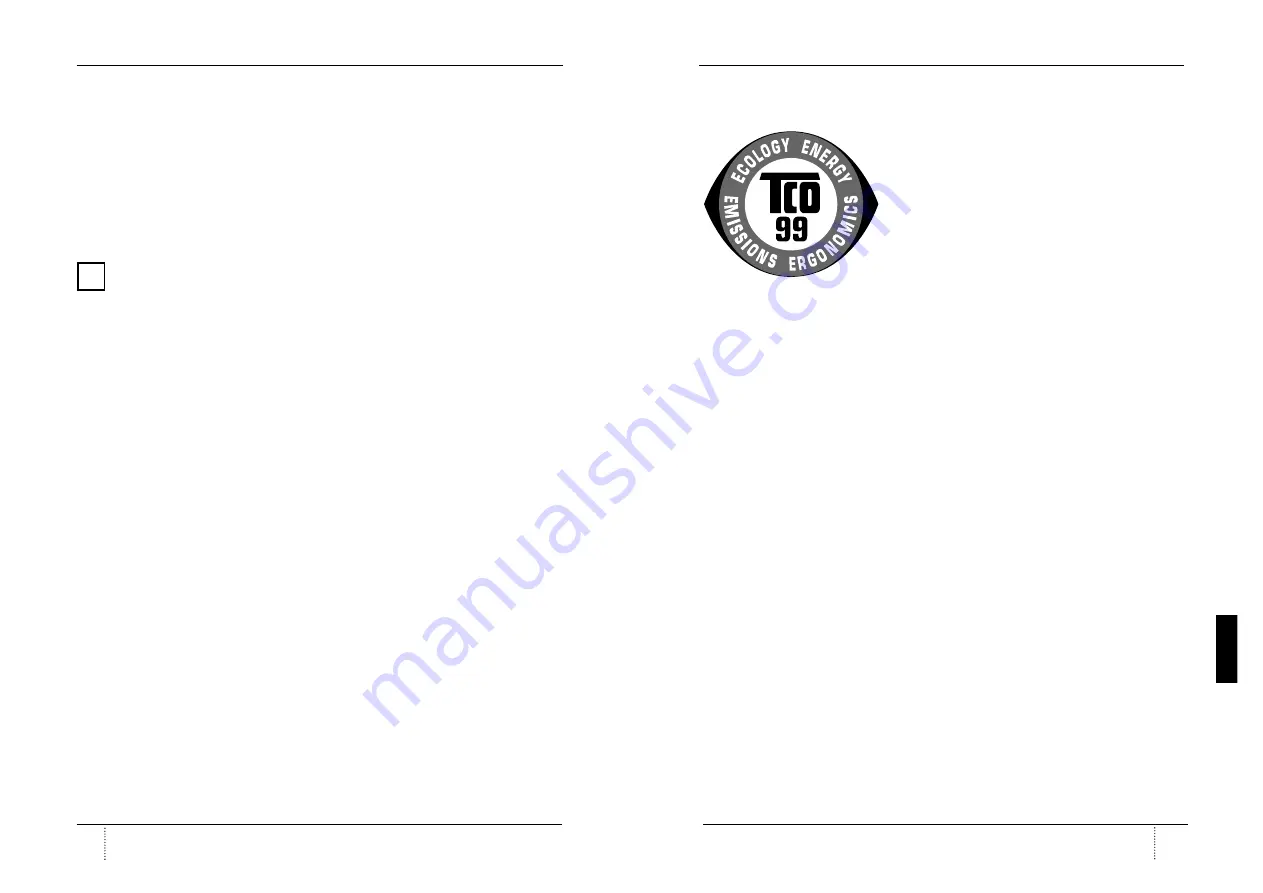
Color monitor MCM 171E / C776
A26361-K598-Z100-2-5E19
TCO99
1
TCO'99
Congratulations!
You have just purchased a TCO’99 approved and
labelled product! Your choice has provided you
with a product developed for professional use. Your
purchase has also contributed to reducing the burden
on the environment and also to the further
development of environmentally adapted electronics
products.
Why do we have environmentally labelled computers?
In many countries, environmental labelling has become an established method for encouraging the
adaptation of goods and services to the environment. The main problem, as far as computers and
other electronics equipment are concarned, is that environmentally harmful substances are used
both in the products and during their manufacture. Since it is not so far possible to satisfactorily
recycle the majority of electronics equipment, most of these potentially damaging substances
sooner or later enter nature.
There are also other characteristics of a computer, such as energy consumption levels, that are
important from the viewpoints of both the work (internal) and natural (external) environments. Since
all methods of electricity generation have a negative effect on the environment (e.g. acidic and
climate-influencing emissions, radioactive waste), it is vital to save energy. Electronics equipment in
offices is often left running continuously and thereby consumes a lot of energy.
What does labelling involve?
This product meets the requirements for the TCO’99 scheme which provides for international and
environmental labelling of personal computers. The labelling scheme was developed as a joint effort
by the TCO (The Swedish Confederation of Professional Employees), Svenska
Naturskyddsforeningen (The Swedish Society for Nature Conservation) and Statens
Energimyndighet (The Swedish National Energy Administration).
Approval requirements cover a wide range of issues: environment, ergonomics, usability, emission
of electric and magnetic fields, energy consumption and electrical and fire safety. The environmental
demands impose restrictions on the presence and use of heavy metals, brominated and chlorinated
flame retardants, CFCs (freons) and chlorinated solvents, among other things. The product must be
prepared for recycling and the manufacturer is obliged to have an environmental policy which must
be adhered to in each country where the company implements its operational policy.
The energy requirements include a demand that the computer and/or display, after a certain period
of inactivity, shall reduce its power consumption to a lower level in one or more stages. The length of
time to reactivate the computer shall be reasonable for the user. Labelled products must meet strict
environmental demands, for example, in respect of the reduction of electric and magnetic fields,
physical and visual ergonomics and good usability.
Color monitor MCM 171E / C776
English
14
TCO'99
A26361-K598-Z100-2-5E19
VESA-DDC-compatible VGA interface
Your monitor is equipped with a VESA-DDC-compatible VGA interface. VESA-DDC (Video
Electronics Standard Association, Display Data Channel) is used as the communications interface
between the monitor and the PC. If your PC is equipped with a VESA-DDC-compatible VGA
interface, it can automatically read the data for ensuring optimum operation from your monitor and
select the appropriate settings.
If the monitor MCM 171E / C776 is not yet displayed in the list of monitors, you can select
one of the following monitors instead:
Siemens or Siemens Nixdort MCM 173V, MCM 171V N, MCM 1755, MCM 1754, MCM 1753,
MCM 1503, MCM 1405 (ND), MCM 1404
i

